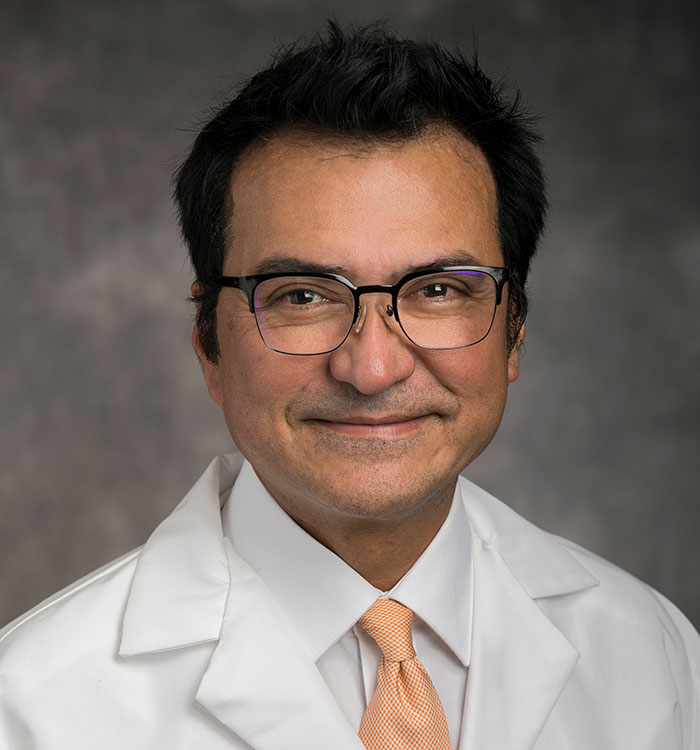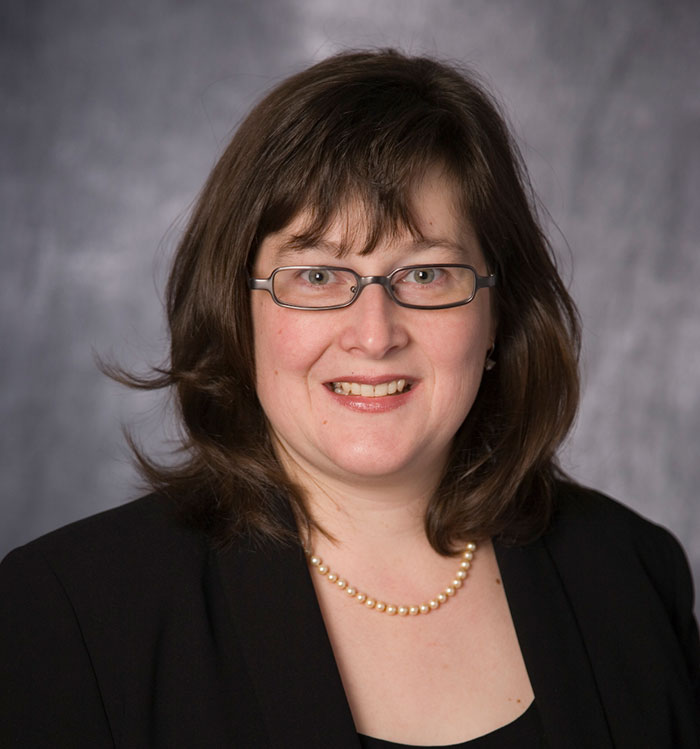UH Rainbow Responds to COVID-19 with Innovation and Evidence-Based Thinking
July 13, 2020

Collaboration is the common element
Innovations in Pediatrics | Summer 2020
 Charles Macias, MD
Charles Macias, MD Claudia Hoyen, MD
Claudia Hoyen, MD
The COVID-19 crisis has required hospitals to innovate in the face of a novel coronavirus, but also to rely on time-honored processes for developing quality and safety benchmarks and clinical best practices. At UH Rainbow Babies & Children’s Hospital, teams have found success with both strategies.
“Our Evidence-Based Practice Council is an example of how we rapidly responded to address the clinical needs of children,” says Charles G. Macias, MD, MPH, Chief of Pediatric Emergency Medicine and Chief Quality Officer at UH Rainbow. “Within 10 weeks of initiating our first clinical standard, we generated more than 15 evidence-informed protocols and pathways specific to the needs of children to empower better clinical care delivery, for each of the segments of care that COVID-19 would affect.”
The teams at UH Rainbow have also looked to the power of analytics for support.
“Analytics is a transformative part of healthcare,” Dr. Macias says. “We were able to very rapidly leverage an analytics core that we set up in December and January, building platforms to automate our process of daily huddles as well as to automate the outputs that we received to determine current COVID-19 trends.”
As a children’s hospital, UH Rainbow has rightly also focused on COVID-19 guidance and content that is different in children than in adults.
“it’s great to have general concepts out there of how to deal with the adult who is working at home and stay-at-home orders,” he says. ”But the unique nature of kids is that they have different issues during pandemics. They have sleep issues. They have higher levels of anxiety, as well as other unique issues. We were able to generate a lot of guidance, which not only got posted on our own website Rainbow.org, but which was also used on national websites as resources for others on how to speak to children and how to provide guidance to adults on how to speak to children.”
During the pandemic, UH Rainbow has also extended its regional and national influence through the Eastern Great Lakes Pediatric Consortium for Disaster Response (EGLPCDR), one of only two Pediatric Disaster Care Centers of Excellence in the country. The EGLPCDR, led by UH Rainbow and accompanied by five other children’s hospitals in Michigan and Ohio, provides a multi-pronged approach to address gaps across the disaster cycle spectrum of mitigation, preparedness, response and recovery for nearly 7 million children.
“We’re in the process of identifying best practices for about seven different categories of COVID response, across children’s hospitals in Michigan and Ohio,” Dr. Macias says. ‘We will have a white paper that will be generated from that, describing successes as well as challenges. It’s very important that we’re working on a regional level, because we’re talking about infrastructure change to be able to adapt. Single institutions alone are not going to be able to solve these crisis problems or recognize the newer problems without entire infrastructures to help support them.”
Another key advantage UH Rainbow has had during the COVID-19 pandemic is the unique expertise of Claudia Hoyen, MD – a pediatric infectious disease specialist who also leads UH Rainbow’s efforts in innovation, and Associate Professor at Case Western Reserve University School of Medicine. She and the UH Ventures team, including Brian Rothstein, MD, pediatric neurological surgery, and Assistant Professor, School of Medicine, have partnered with Northeast Ohio companies, including manufacturers, to try to solve the problem of securing scarce PPE – and then decontaminating it safely.
“I’ve been most involved in making sure at a system level that all our providers, including our pediatric providers, have access to adequate PPE,” Dr. Hoyen says. “Like many places, we have rolled out multiple modalities in order to decontaminate the N95s.”
Beyond the standard processes, local collaborations include an effort with the NASA Glenn Research Center in Cleveland to use ozone to decontaminate masks, a project with a food service equipment supplier to use enormous food warmers to leverage heat and humidity for decontamination, and an effort with a Northeast Ohio manufacturing consortium to design and build an innovative and protective station for COVID-19 testing.
“It’s a three-sided, plexiglass booth that has gloves coming out of the front of it so that the person inside doesn’t need to be in full garb,” Dr. Hoyen explains. “They’re just wearing a mask and gloves when they put their hands in the gloves. They swab the person and then wipe it down when the next person comes.”
As the pandemic evolves, one key emerging issue for pediatrics, Dr. Macias and Dr. Hoyen say, is multi-system inflammatory syndrome.
“We have seen a few of these patients here,” Dr. Macias says. “Our Evidence-based Practice Council has extracted professional society recommendations into a pathway for diagnosis and management. We have contextualized that with the input of local subject matter experts and have developed guidance for providers. We’ll be collecting data on those patients and hopefully across the state of Ohio to better understand and characterize this population and develop ongoing recommendations about how best to manage them. Clearly, there’s a lot of public interest in this.”
“We’re also looking to develop a biorepository for these kids so that if we want to go back at some point and test some of their specimens, we can do that,” Dr. Hoyen adds. “Our pediatric infectious disease team is specifically interested in this group.”
With this and other challenges posed by the pandemic, Dr. Macias and Dr. Hoyen argue the best approach is to welcome multiple perspectives, gather as much data as you can and follow it where it leads.
“The thing about COVID is that it’s a moving target,” Dr. Hoyen says. “As it spreads and hits different populations, it may be doing different things. The thing we need to do right now is be very open-minded and not box ourselves in to say it does one thing or the other.”
To contact Drs. Charles Macias or Claudia Hoyen, call 216-553-1947.


